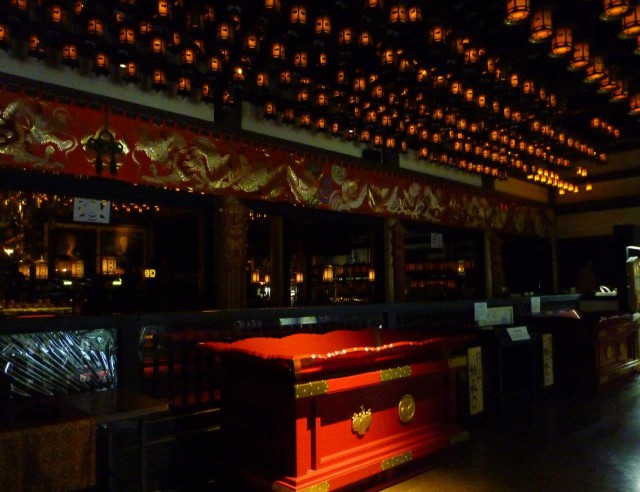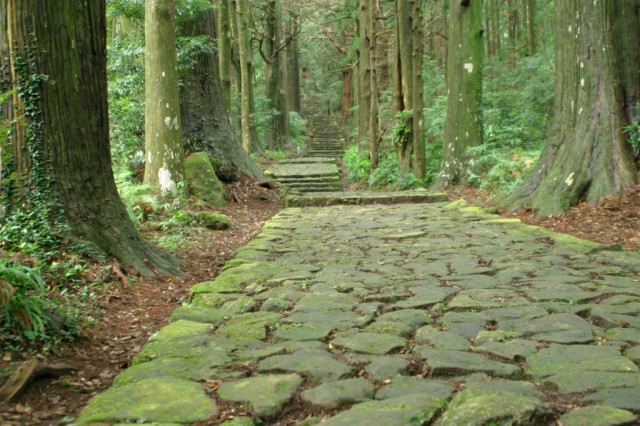My recent resolution : I will be able to speak fluent English!!
2016.04.25
This is the video of “International School – EN.College”
which was just opened this April in the central part of Fukui City.
Because I am not confident in speaking good English, not only at this filming,
but there are many times when I regretted about always relying on my co-workers
or people around me who speak English and I never spoke it myself.
But despite that, I sometimes felt a little lonely.
I would rather speak English myself than regretting about relying on others
and not speaking it.
So I am about to start working on my speaking in English.
As I imagine the children in the video above will soon be able to speak English with no doubts,
I imagine myself speaking broken English shamelessly.
T.S





